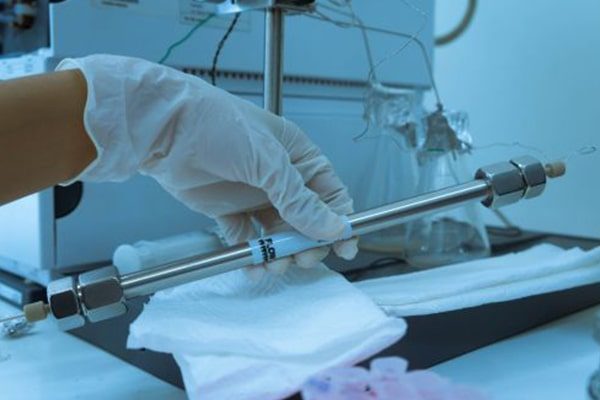Methods for Determining Aggregation
Proteos is an industry leader in the production of high-quality recombinant proteins for drug discovery research and will work closely with you to design constructs that are optimal for producing fit-for-purpose proteins.
SDS-PAGE for Determining Aggregation
SDS-PAGE is a simple method to identify aggregation in a recombinant protein sample. Disulfide-linked aggregates can be visualized on a gel by comparing reduced and non-reduced protein samples. When the non-reduced protein runs at a higher molecular weight or as a smear compared to the reduced protein, this is an indicator that aggregation may be occurring.
Understand Aggregation with HPLC-SEC
Analytical HPLC-SEC is a valuable method for detecting protein aggregation under native conditions. The dispersity of a protein sample can be assessed by the number of peaks, the area under the peaks, and the retention time compared to a molecular weight standard. The presence of multiple peaks in a protein sample may be indicative of different oligomeric states. To identify downstream risks for aggregation, protein samples can be compared pre- and post-freeze/thaw.
Getting Started
Customized project designs that include multiple milestones are the cornerstone of data-driven decisions that lead to higher probabilities of project success. The Proteos team lets science lead the way. Contact us today to discuss your protein production needs.


